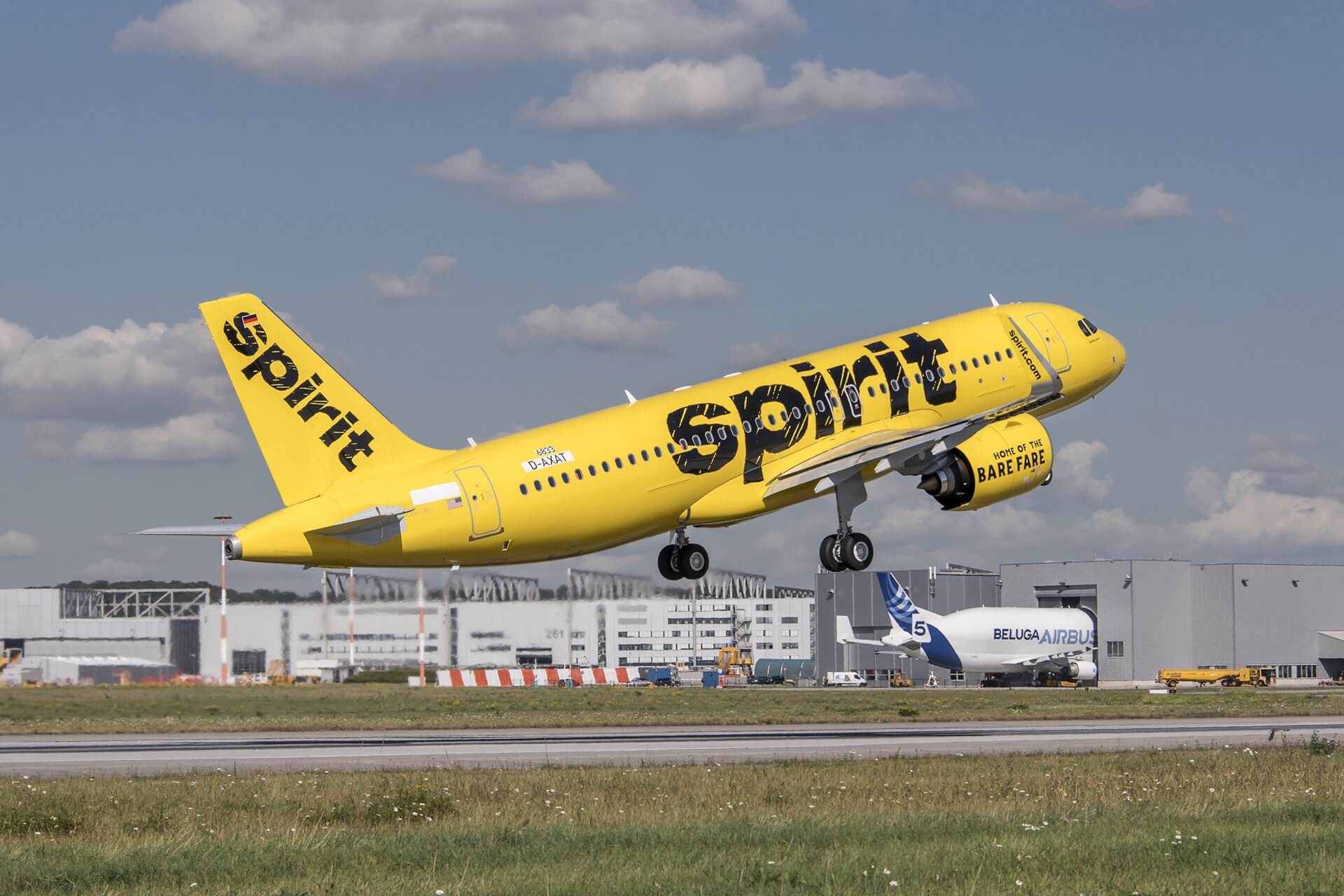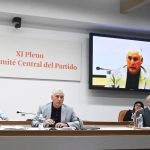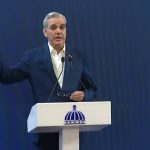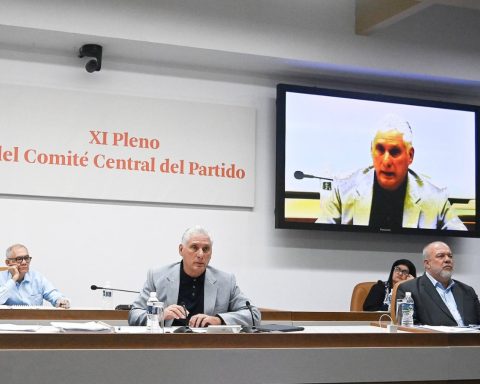The decision of the Government of Daniel Ortega and Rosario Murillo, to eliminate the requirement that travelers entering Nicaragua present a negative result for covid – 19, is insufficient to encourage the return of US airlines who left the country in March 2020, as a result of the global closure of borders, and that two years later it is the only destination in the region to which they still have not returned.
When the number of deaths and infections from the disease began to decline, while the number of those vaccinated increased, countries and airlines created protocols to transport passengers with a certain range of security, which allowed companies such as Avianca, COPA, and Mexicana , return to the Nicaraguan skies.
However, the absence of competitors such as American Airlines, United or Spirit, which travel from Nicaragua to different destinations in the United States, makes us less competitive, given that it is cheaper to fly from San José or Panama to North American cities such as Miami, than to fly Managua.
The return of the Colombian, Panamanian, and Mexican lines was not an easy decision, due to the requirement imposed by the Ortega – Murillo Administration, to require that the crews present negative results of the PCR test, which detects covid – 19, as well as the requirement to send in advance, the list of passengers to be transported.
“Given that the companies have already been informed of the issue, I suppose logically that they are doing their analysis to make a decision in accordance with their own interests,” he told CONFIDENTIAL the businesswoman Lucy Valenti, president of the National Chamber of Tourism, (Canatur).
Three problems for return of US airlines
To the eliminate the requirement of the PCR test, the Government of Nicaragua almost solved one of the three problems that prevented the return of US lines to the country. Almost, because if a crew member is not vaccinated, (and it is not mandatory to be vaccinated) the PCR would have to be required, which once again complicates the formation of flight crews, which is an extremely dynamic activity, and thus makes it difficult to comply with that requirement.
The second is to present the lists 72 hours in advance, both of the planes that are leaving and those that are entering. The latter is a problem, because 90% of the passengers who board these flights come from different destinations within the United States and other countries, which makes it extremely difficult to meet that requirement.
The routine is that the Government reviews the list and then returns it to the airline, which uses it to allow its planes to board, if the passenger is on the list, but if a passenger is arriving from another destination within or outside the United States. United States, flying with another airline, that passenger will know that he is not accepted, until arriving at the airport.
In those cases, the passenger will be able to demand that they pay for lodging and a return ticket, and the companies do not want to assume those costs, just because the Nicaraguan Government rejected someone.
Valenti said that, although the Government argues that companies like Avianca can meet this requirement, it is because 90% of the passengers who use that company to travel to Nicaragua come from Florida.
The third element is a problem of methodology. The businesswoman from the tourism sector explained that the lines have their own digitized systems, but the Nicaraguan Government requires that they send the information in Excel, which means that the lines must have extra staff to fill out those forms, and that is inefficient.
The extra cost of flying to Nicaragua
That there are fewer companies serving the same destinationis another form of inefficiency that ends up being paid, in the first place, by the passengers, and in the medium term, by the entire country, because as it is so expensive to travel to and from the United States, the country’s competitiveness decreases, in addition to the limitation that means that there are few seats available to enter or leave Nicaragua.
A source from the tourism sector, who asked to keep his name confidential, said that the airlines that are serving the Nicaragua-United States route “are taking advantage of the lack of competition to compensate -as far as they can- for what they lost during the time they They had to leave their planes on the ground.
At this moment, the available tickets to travel between Managua and Miami cost between 900 and 1,000 dollars, while flying to that same Florida city from other Central American capitals, using American Airlines, or Spirit, the low-cost airline, costs 300 to 400 dollars.
This makes many choose to travel to San José or Tegucigalpa to fly to Florida or the east coast of the United States; or by United Airlines if they are looking for a destination in Texas or California, so they do not have to travel to Miami.
The option of boarding a charter flight also ceased to be attractive for travelers, after in December, the US airline contracted to make a flight to Miami, failed to fulfill the commitment to transport passengers for four days in a row, for which it was necessary to pay them back, and no one ever booked another airline to try again.
All this led to the fact that, in 2021, the arrival of tourists to Nicaragua was reduced by 30.5% (that is, 137,000 fewer people), compared to 2020, Valenti said, citing the Tourism Satellite Account, published by the Central Bank of Nicaragua (BCN).















